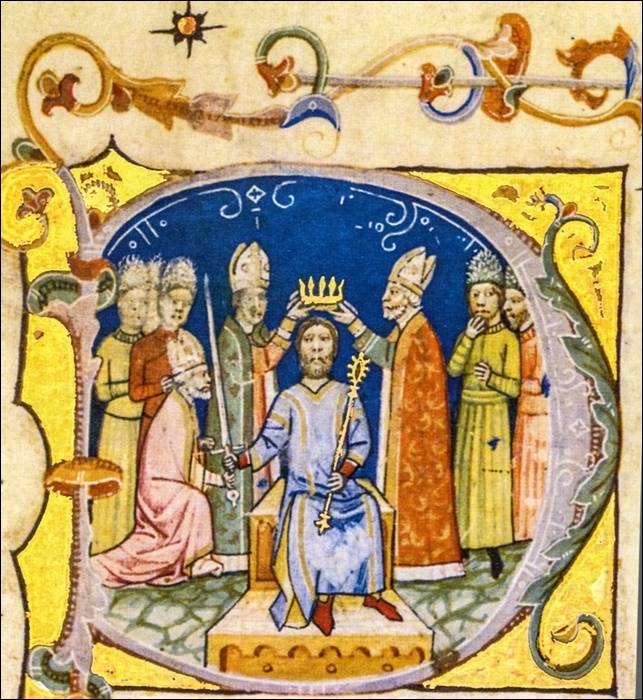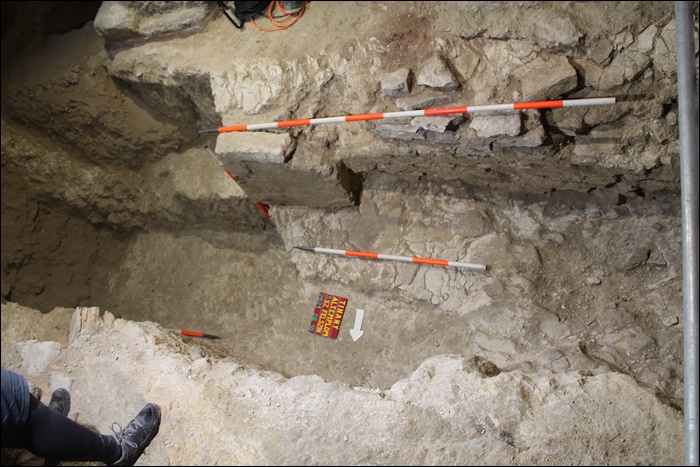 The Tomb of the king
The Tomb of the king
I. András királyt halála után az általa ebből a célból alapított kolostorban temették el. Eredeti síremlékéről nem sokat tudunk. A fennmaradt, 11. századi, keresztet ábrázoló márvány sírkőről az ásatás során bebizonyosodott, hogy nem a királyi síron volt eredetileg, ugyanis semmilyen irányban nem illeszkedett a sír méreteihez, viszont annál inkább a déli mellékhajóban lévő sírhoz. A legkorábbi leírások a 17. századból az alapító vörösmészkő síremlékéről szólnak. Ez a megállapítás, az ásatáson a sírnál feltárt több periódusú falak, valamint az, hogy az altemplom földjében több, 15. század első felére keltezhető pénz került elő, arra utal, hogy ebben az időben felújították az alapító sírját, és az annak helyet adó altemplomot is, hiszen a megmaradt falképtöredékek is ebből az időszakból származnak. Ez a sír állhatott itt a 18. század elejéig, amikor a kolostor felújítása során valószínűleg megsemmisült, és csak a két, padlóba süllyesztett fehér márvány sírkő maradt meg. Ezeket Rómer Flóris bencés szerzetes még látta, a 20. századra azonban csak a díszesebb maradt meg, ami összekapcsolódott az alapító I. András személyével.



The Tomb of the king
After his death, King Andrew I was buried in the monastery he founded for this purpose. Not much is known about his original tomb. The most recent excavation has revealed that the surviving 11th-century marble tombstone with a cross did not originally belong to the royal tomb, as it did not fit in any direction with the dimensions of the grave, but rather with the grave in the southern aisle. The earliest descriptions of the red limestone tomb of the founder date from the 17th century. This finding, together with the excavation of multi-period walls around the tomb as well as the discovery of several coins in the ground of the crypt dating from the first half of the 15th century, suggests that the founder's tomb and the crypt were renovated at this time. This is also supported by the remaining wall painting fragments from this period. The renewed tomb may have stood here until the early 18th century, when it was probably destroyed during the renovation of the monastery, leaving only the two white marble tombstones sunk into the floor. The Benedictine monk and archaeologist Flóris Rómer has recorded seeing both of them, but by the 20th century only the more ornate one had survived, and it has increasingly been associated with Andrew I.